| Cat. No. | Product Name | Field of Application | Chemical Structure |
|---|---|---|---|
| DC66363 | MAO-B-IN-26 Featured | MAO-B-IN-26 (Compound IC9) is a MAO-B and acetylcholinesterase inhibitor. MAO-B-IN-26 protects SH?SY5Y cells against Aβ induced cytotoxicity, morphological changes, ROS generation and membrane damage. MAO-B-IN-26 also inhibits Aβ induced autophagy and apoptosis. MAO-B-IN-26 can be used as a neuroprotective agent against Alzheimer’s disease. |
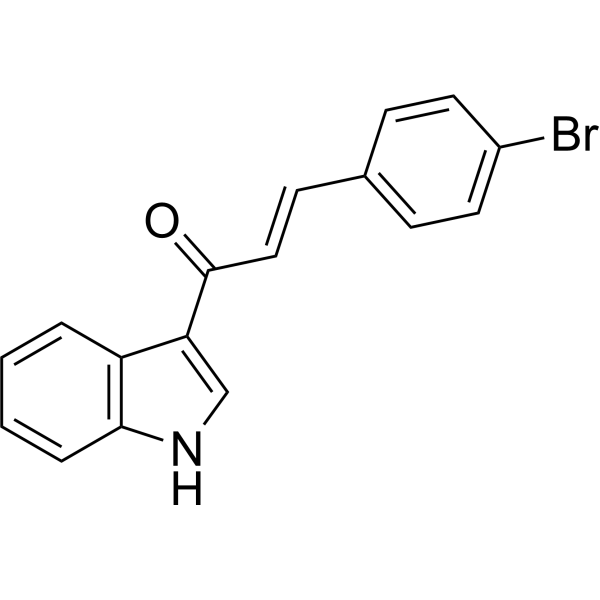
|
| DC66364 | STING-IN-7 Featured | STING-IN-7 (compound 21) is a potent STING inhibitor with an IC50 of 11.5 nM. STING-IN-7 inhibits the phosphorylation of STING and interferon regulatory factor 3 (IRF3). |

|
| DC66365 | PP5-IN-1 Featured | PP5-IN-1 (Compound P053) is a competitive inhibitor of Serine/threonine protein phosphatase-5 (PP5) that binds to its catalytic domain and causes apoptosis in renal cancer. |
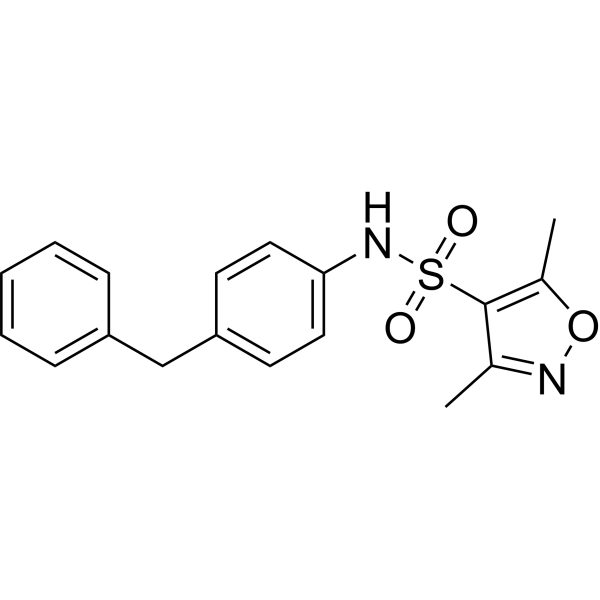
|
| DC66366 | TNKS-2-IN-2 Featured | TNKS-2-IN-2 is a potent and selective inhibitor of TNKS2 with an IC50 of 22 nM. |

|
| DC66367 | RORγ inverse agonist 1 Featured | RORγ inverse agonist 1 is the inverse agonist of RORγ. |
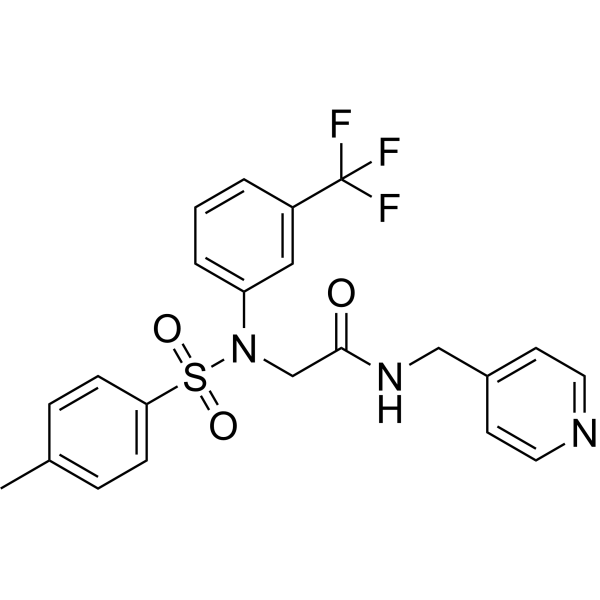
|
| DC66368 | sulfo-SPDB-DM4 Featured | sulfo-SPDB-DM4 is a agent-linker conjugate for ADC by using the maytansinebased payload (DM4, an antitubulin agent) via the sulfo-SPDB linker. |
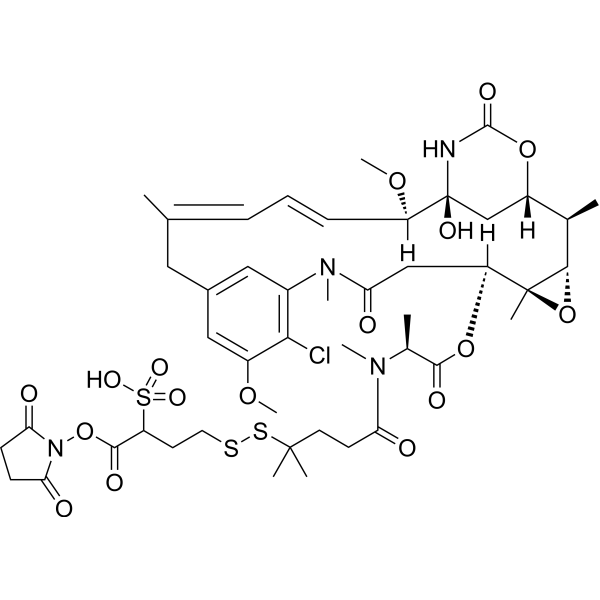
|
| DC66369 | WAY-232897 Featured | WAY-232897 is an active molecule for the study of amyloid diseases and synucleinopathies. |
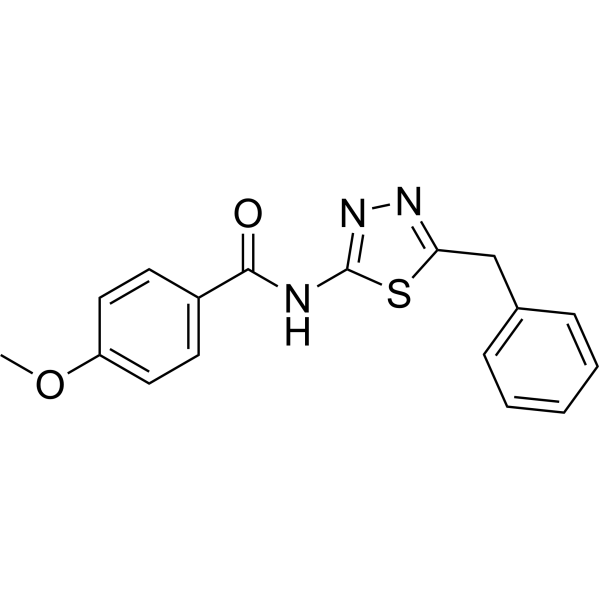
|
| DC66370 | WAY-639418 Featured | WAY-639418 is an active molecule for the study of amyloid diseases and synucleinopathies. |
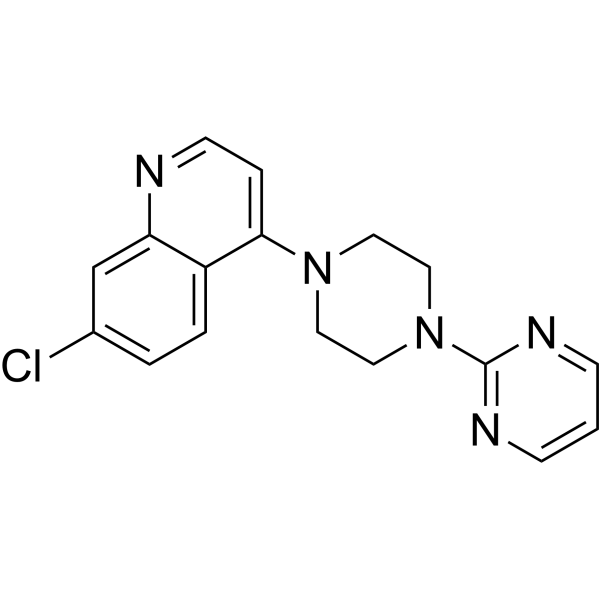
|
| DC66371 | WAY-312858 Featured | WAY-312858 is an active molecule for the study of amyloid diseases and synucleinopathies. |

|
| DC66372 | N-(2-Hydroxyphenyl)picolinamide Featured | N-(2-Hydroxyphenyl)picolinamide is an active molecule. |
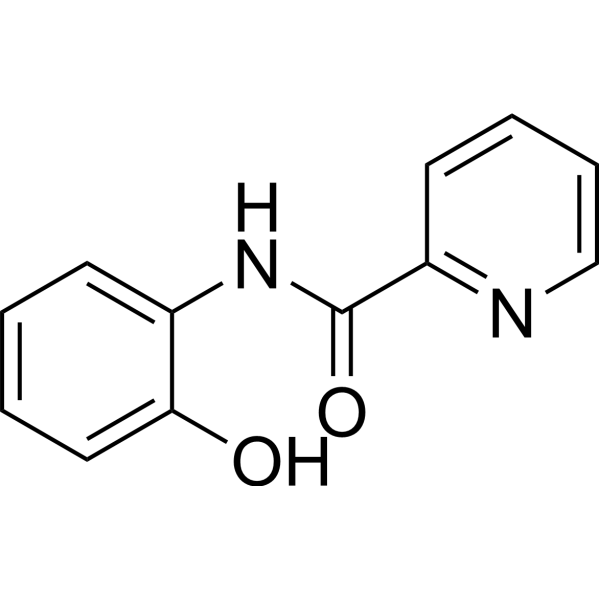
|
| DC66373 | WAY-658674 Featured | WAY-658674 is an active molecule for the study of amyloid diseases and synucleinopathies. |

|
| DC66374 | WAY-323756 Featured | WAY-323756 is an active molecule for research into amyloid diseases and synucleinopathies. |
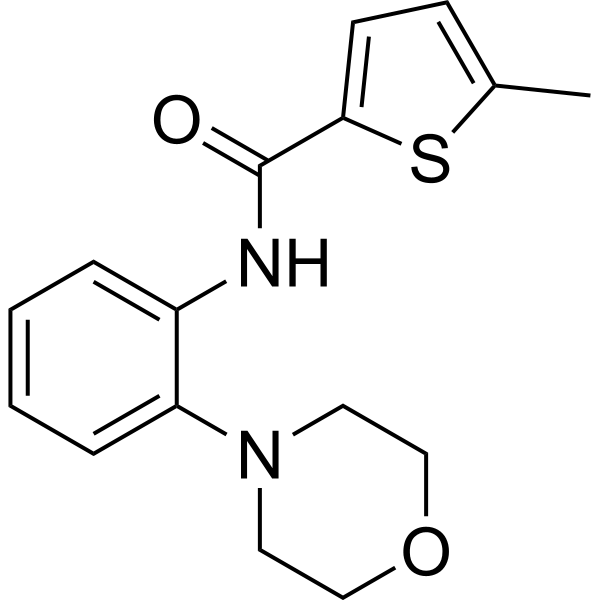
|
| DC66375 | WAY-309236 Featured | WAY-309236 is an active molecule for the study of amyloid diseases and synucleinopathies. |

|
| DC66376 | N-Cyclopropyl-4-iodobenzamide Featured | N-Cyclopropyl-4-iodobenzamide is an active molecule. |
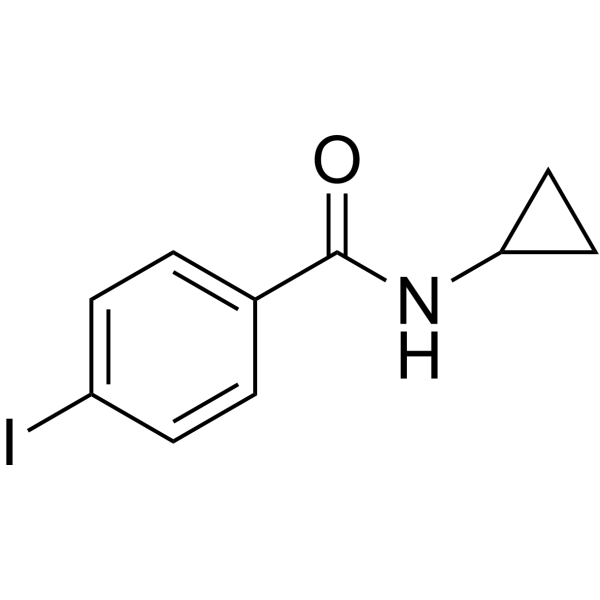
|
| DC66377 | WAY-620147 Featured | WAY-620147 (compound 6) is an N-(2-morpholinoethyl)nicotinamide derivative that inhibits monoamine oxidase (Monoamine Oxidase). WAY-620147 inhibits MAO-A and MAO-B with IC50s of 26 μM and 55 μM, respectively. |

|
| DC66378 | WAY-637940 Featured | WAY-637940 is an active molecule. |

|
| DC66379 | WAY-604603 Featured | WAY-604603 is an active molecule. |

|
| DC66380 | WAY-621924 Featured | WAY-621924 is an active molecule. |

|
| DC66381 | WAY-354574 Featured | WAY-354574 is an active molecule targeting deacetylase (Sirtuin) for the study of Huntington's disease (HD). |
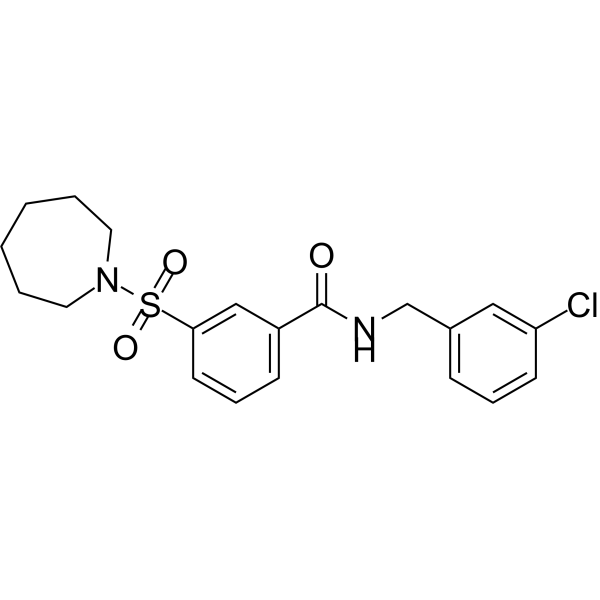
|
| DC66382 | WAY-608106 Featured | WAY-608106 is an active molecule. |
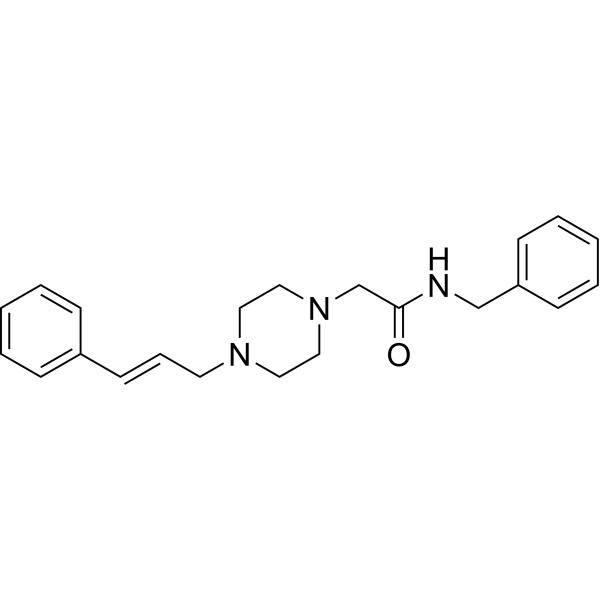
|
| DC66383 | Topoisomerase I inhibitor 9 Featured | Topoisomerase I inhibitor 9 (compound 3d) is a leishmanial topoisomerase IB inhibitor. Topoisomerase I inhibitor 9 has antileishmanial activity against L. donovani promastigotes, with the IC50 of 34.81μM. |

|
| DC66384 | WAY-658675 Featured | WAY-658675 is an active molecule. |

|
| DC66385 | WAY-659873 Featured | WAY-659873 is an active molecule. |
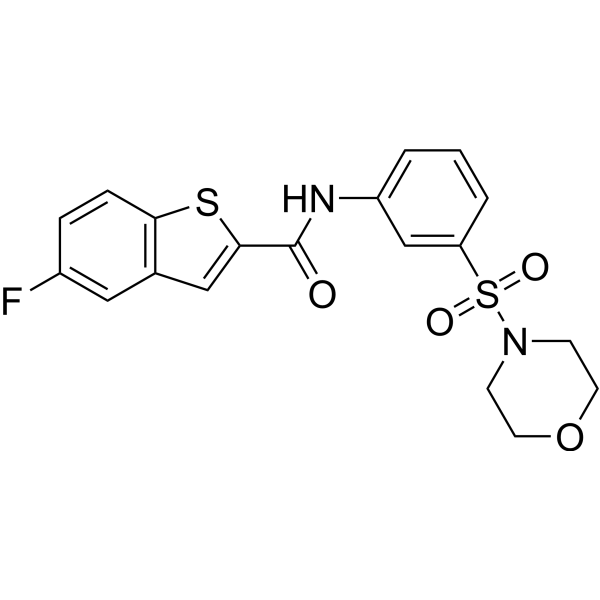
|
| DC66386 | WAY-660222 Featured | WAY-660222 is an active molecule. |
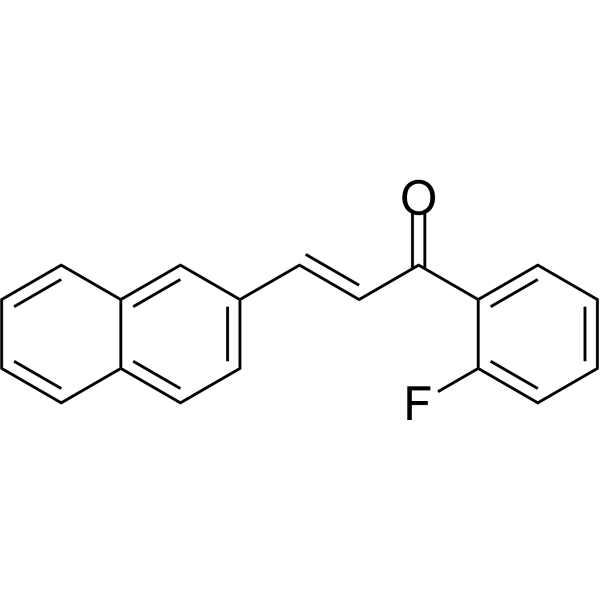
|
| DC66387 | WAY-324572 Featured | WAY-324572 is an active molecule. |
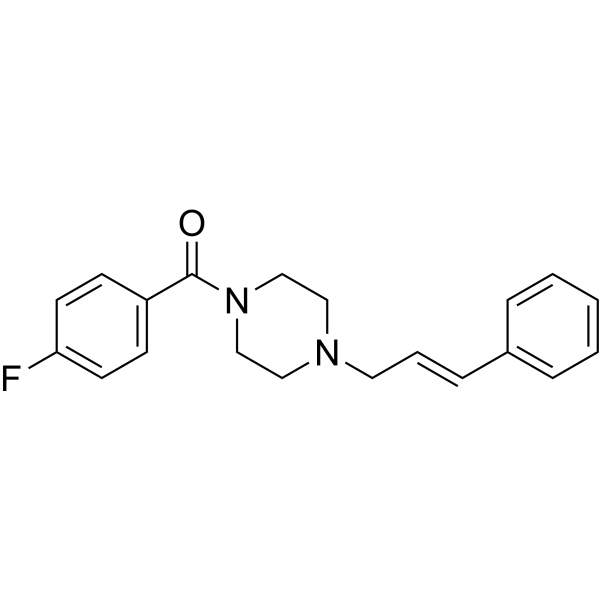
|
| DC66388 | WAY-639228 Featured | WAY-639228-A is an active molecule. |

|
| DC66389 | WAY-620521 Featured | WAY-620521 is an active molecule. |

|
| DC66390 | WAY-607695 Featured | WAY-607695 is an active molecule. |

|
| DC66391 | Nurr1 agonist 7 Featured | Nurr1 agonist 7 (compound 110) is a Nurr1 agonist with an EC50 value of 0.12 μM. |

|
| DC66392 | Nurr1 agonist 8 Featured | Nurr1 agonist 8 (compound 111) is a Nurr1 agonist with an EC50 value of 0.09 μM. |
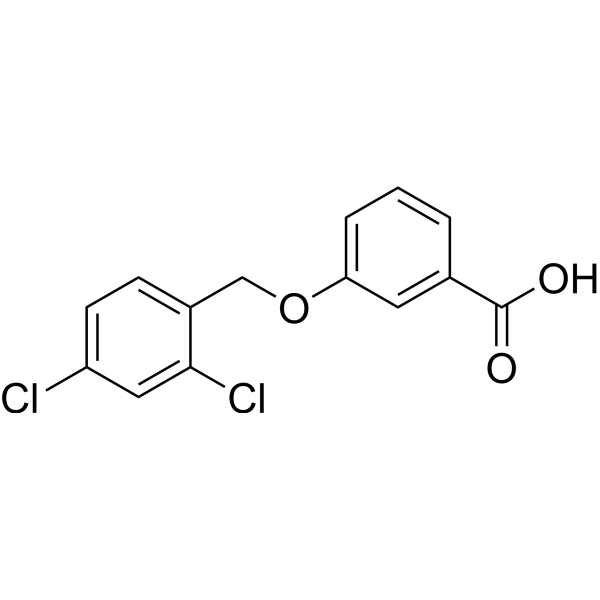
|